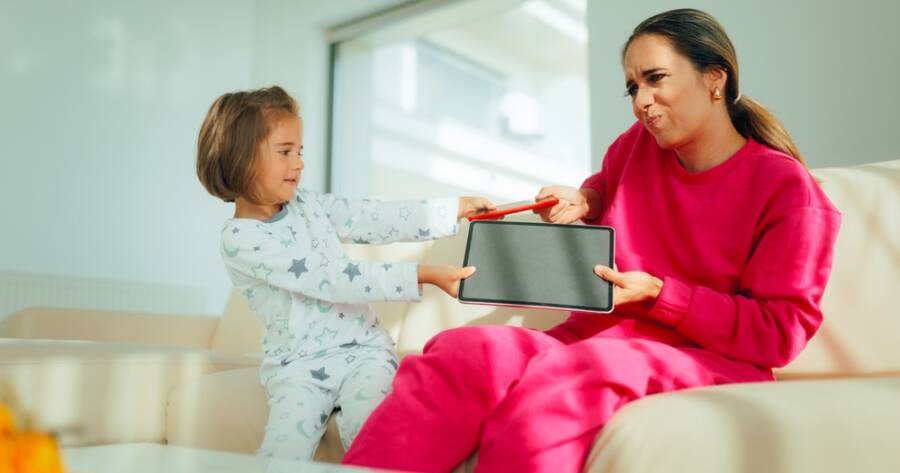In today’s hyper-connected world, it’s nearly impossible to go a full day without interacting with some form of technology. From smartphones and laptops to smartwatches and tablets, our devices have become essential tools for work, communication, entertainment, and even wellness. But with convenience comes consequence. Constant notifications, endless scrolling, and digital overload can leave us feeling distracted, anxious, and burned out.
1. Start by Becoming Aware of Your Habits
Mindfulness begins with awareness. Take note of when, how, and why you’re using your devices. Are you picking up your phone out of habit or boredom? Do you scroll through social media while watching TV or eating meals? Are you checking emails late into the night?
Use built-in screen time trackers or apps like Moment, Digital Wellbeing, or RescueTime to get an honest look at your usage. You might be surprised by how much time you spend on your devices each day—and how little of it feels meaningful.
Once you’re aware of your habits, you can start to make intentional changes.
2. Set Boundaries Around Screen Time
Just like you’d schedule time for work, meals, or sleep, it’s important to schedule tech-free moments in your day. Start small. Choose one or two windows of time—like during meals, the first hour after waking, or the last hour before bed—to go screen-free.
You can also try tech-free zones in your home, like keeping phones out of the bedroom or turning off notifications during focused work hours. These boundaries help create mental space and reduce overstimulation.
Remember, it’s not about restriction—it’s about making space for presence.
3. Practice Single-Tasking
Multitasking might feel productive, but it often leads to fragmented attention and increased stress. How many times have you checked your phone during a conversation, flipped between tabs while working, or scrolled through social media while watching a show?
Mindful tech use encourages single-tasking—doing one thing at a time, with your full attention. If you’re reading an article, just read. If you’re on a Zoom call, be fully present. This not only improves focus and efficiency, but also makes your interactions and experiences more meaningful.
4. Curate Your Digital Environment
Take a moment to assess your digital space. Are your apps, notifications, and online content serving you—or distracting you?
Unfollow accounts that make you feel anxious or inadequate. Mute notifications that aren’t urgent. Organize your home screen to highlight tools you use for wellness, productivity, or creativity. Consider turning your phone to grayscale to make it less visually stimulating.
A well-curated digital environment can help shift your device from being a source of noise to a source of value.
5. Use Technology to Support Mindfulness
Ironically, technology can also be a powerful tool for practicing mindfulness—when used intentionally. Apps like Headspace, Calm, Insight Timer, and Simple Habit offer guided meditations and breathing exercises. Others help you build habits, journal, or focus with ambient sounds and timers.
The key is to choose tech that supports your real-life goals, rather than distracts from them. When used wisely, technology can help you feel more grounded, organized, and connected to yourself.
Take Control of the Connection
Our devices are powerful tools—but they’re just that: tools. It’s up to us to decide how we use them. By approaching technology with awareness, intention, and care, we can build a relationship that enhances our lives instead of consuming them.
Mindful tech use isn’t about being perfect. It’s about pausing before you scroll, choosing presence over distraction, and making space for what truly matters. In a world that’s always online, the real power lies in knowing when—and how—to unplug.

